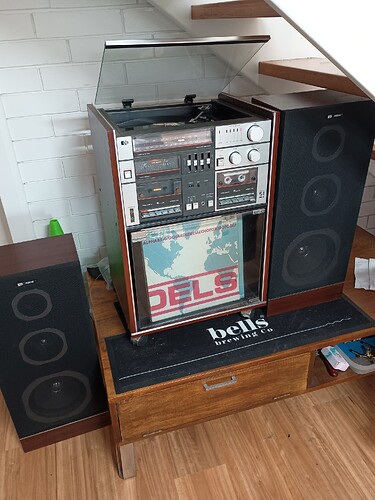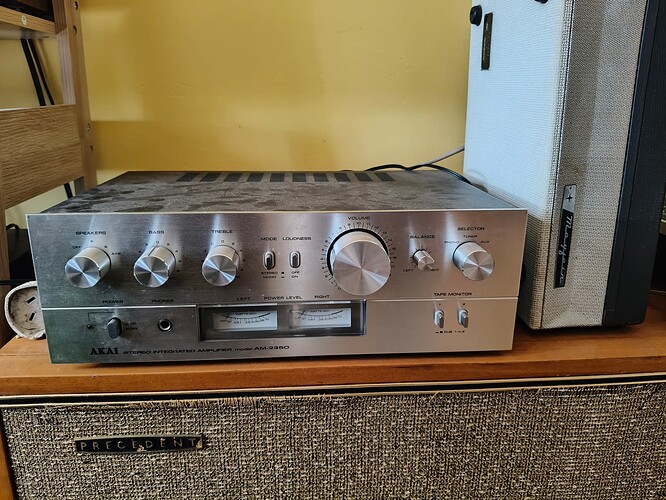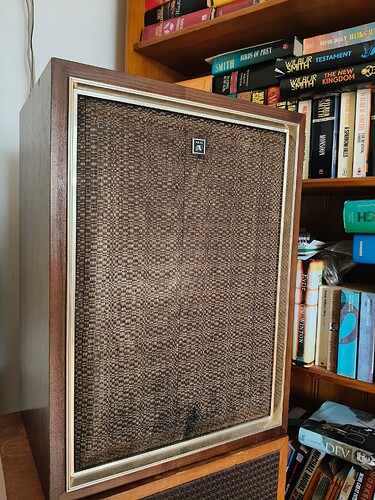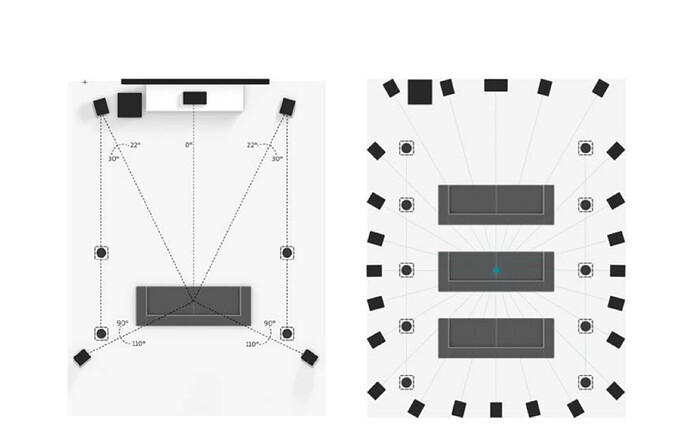Is it a bright room? Watch during the day with sunlight coming through windows?
I can generally control the sunlight in the room with blinds but yes there is a bit in here during the day.
For sample and hold displays (all current tvs whether LCD and OLED) motion handling largely comes down to processing.
Sony has traditionally ruled the roost for processing but the gap has closed.
To get good processing you need to move at least into the middle of a brand’s range.
For around $3000 and 65” I’d start by looking at an LG C5 OLED (currently just under 3K) or Sony Bravia 7 LCD (no current sales on that model so presently north of 3K).
Sony probably still has the slight edge in processing, and the Bravia 7 will be a lot brighter so will handle daytime better. LG’s C5 has the inherent OLED advantages that include deep blacks, no blooming, and fast pixel transitions (technically and generally superior but, due to how our eyes work and particularly for some people, in some low frame rate contexts LCD blur is the preferable compromise).
Then depending on how you feel about that pricing you could step down to the cheaper Sony Bravia 5 LCD. That would be where I’d start anyway.
Also, while there is generally good sales at end of financial year, you can also get them around November due to new model being launched in the calendar year.
Thanks for the details in that post.
Can you expand on this quoted section, please. I am not looking to buy a TV just yet, but to understand OLED v LCD.
I’m not an expert at all, but an enthusiast. I’ll do my best.
Deep Blacks - LCDs have a backlight that is always on (local dimming models can dim zones of the backlight as required). When a pixel is “black” the LCD “blind” is drawn down to block the light from being transmitted through the pixel - but there is leakage so it is a deep dark grey rather than black. In an OLED each pixel emits its own light, rather than letting light through from the backlight behind it. So when “black” is required the light is off and it truly is black.
Blooming - Closely related to the Deep Blacks point but an artefact of the local dimming approach to improve contrast on an LCD. Bright objects surrounded by black will tend to have a halo of slightly lifted grey around them because the tv doesn’t turn down the back light in the zone where the bright object resides so as to hit the requested bright highlight level, and then in a neighbouring zone that is also set to “black” but has no bright object “black” will be darker. OLED doesn’t have a backlight, each pixel generates its own light. This pixel level control of light output means it doesn’t matter if adjacent pixels are full white and full black - it can do that fine, so no blooming.
Fast Pixel Transitions - OLEDs are very fast panels and can transition from full black to full white and all shades within near instantly without overshoot or correction (not completely true for a WOLED panel going from Black to Near Black, QD-OLED is fine in that circumstance). LCDs are much slower and find some transitions tricky with overshoot past the requested stimulus and then a correction. At very high frame rates OLEDs have the potential to functionally equal the motion handling of impulse displays (CRT, Plasma). At low frame rates (24 frames per second movies, 50/60 frames per second TV) it gets more complicated - the fast perfect transitions of OLED can sometimes, and for some people, actually accentuate a particular sample and hold problem - causing people to almost see two frames at once. Imagine the football and its ghost travelling across the screen. For people super sensitive to that the imperfect blurring of transitions by an LCD can be the more tolerable image because it creates a gap between the two static images which can help the brain when interpreting them into motion.
Additional benefits of OLED
Wide viewing angles. As an emissive display, OLEDs don’t lose contrast or have colour shifts (some WOLEDs can have a green shift) like a transmissive LCD will do when you move off axis. The light doesn’t have travel through that tunnel between the backlight and pixel. Meaning you don’t have to be directly in front of the screen to have the best picture. On very large LCDs you can even get these off axis effects at the edges of the screen if you are directly in front and sitting perhaps too close. There are coatings and techniques to improve LCDs off axis but you pay for it - they are on higher end models and have artefacts like a rainbow effect seen around ambient room reflections.
Hope that helps. There are definitely still reasons to go LCD - size, light output, cost. QD-OLEDs can actually have lifted backs (or a purple really) in a bright room as the light excites the quantum dot layer. There isn’t a perfect tv short of paying 6 figures for a Micro-LED display.
Not on sale currently but regularly goes to about 2.5k
OLED is great but the screen refresh feature is annoying as, I swear mine purposely waits until I leave the room then stealth shuts down mid show for it’s 10 min maintenance ritual
For all of your hi-fi needs I highly recommend the Pye Quadrant 4 MS8E. $0 at your local TAFE school
I do not understand why everybody doesn’t have old Japanese stuff:
Edit: excuse the dust, it’s been a long decade.
Turn it up to 11?
Meh.
I still have a Class A Sansui integrated lying around, and it is an enduring and lovely piece of gear.
But I went digital and active speakers a while back and while I still have great fondness for the old gear I wouldn’t revert.
There’s definitely a place for both.
Those pictures are in my plant / reading / music room and are the only electronic devices allowed in there. My entertainment setup is the full 7.1, it’s just easier and simpler for connectivity.
That Sansui stuff is beautiful though.
Time to get some speakers in the roof and Dolby Atmos up to 7.1.4!
I’m pretty sure I saw some device advertising 9 the other day. How many directions could one possibly need to hear from?
Oh the Dolby Atmos protocol can go up to 24.1.10. But it is essentially doing the same thing as a 5.1.4 system - placing a sound in a three dimensional space that the listener is in the middle of - just with more and more precision and smoother, less perceptible transitions as you add speakers.
Manifestly excessive™
The diagram itself is bigger than my room… I’ll be ok with 7 sources for the foreseeable, I reckon.
You gonna have 3 rows of couches like that?
One chair, dead centre.
Everyone else can build their own theatre.
I just purchased a TCL 85" C7K Premium QD Mini LED Google TV for under $3k. Haven’t used it to watch sport yet, but have played a couple of 4k movies on it and it did a great job of handling them. There is an ideal size for TV’s based on how far away you are sitting.
TV Size To Distance Calculator (And The Science Behind It) - RTINGS.com
There are pro’s and cons to all TV’s. OLED have an absolutely gorgeous picture but have two major cons. They don’t like bright rooms and they can suffer from burn in, just like OLED phones. For me, the mini-LED was a solid compromise. I compared the TCL to the equivalent Samsung and it came out on top for me.



